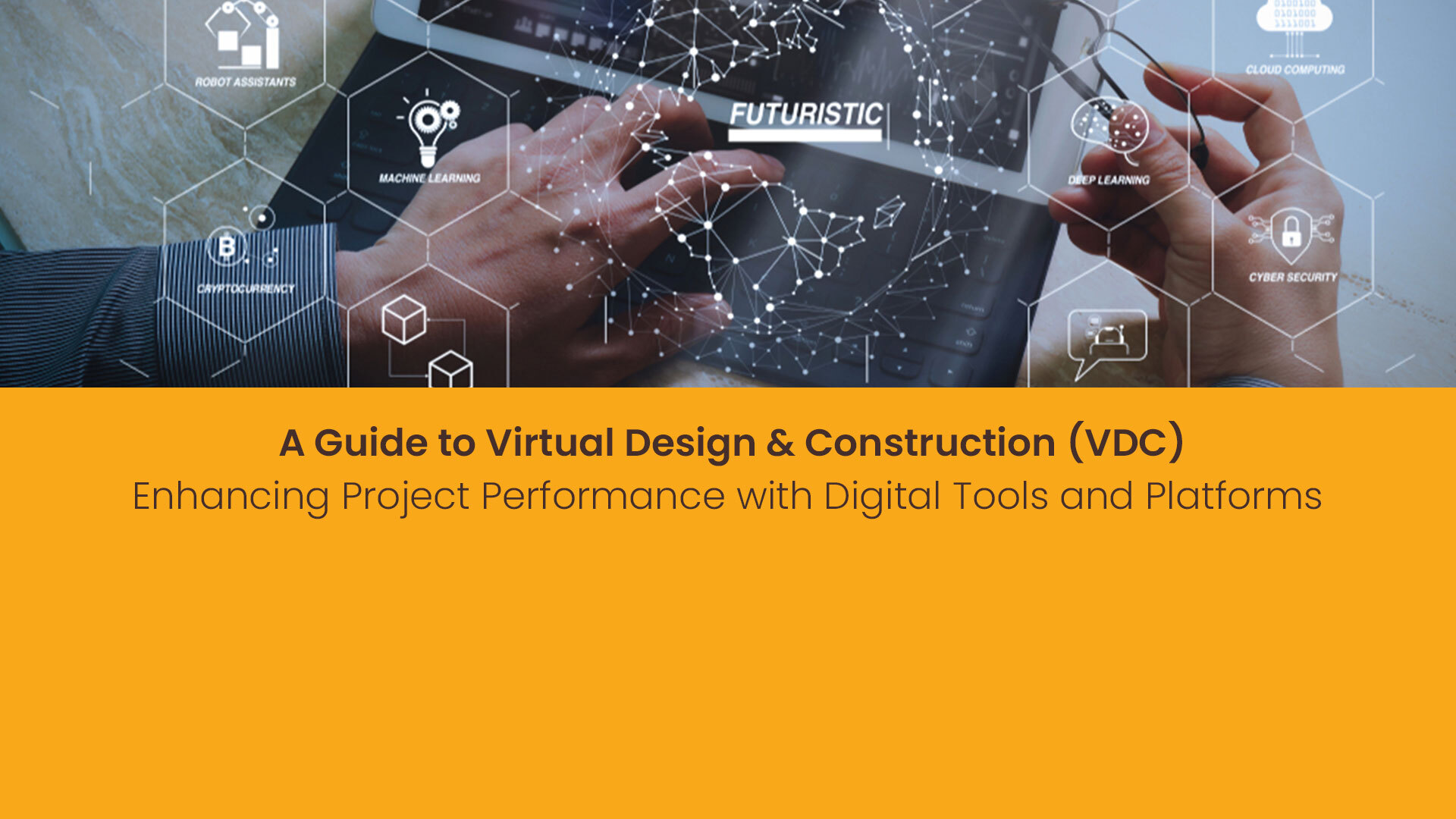Leveraging digital tools and platforms is no longer optional but a necessity for achieving project success. Virtual Design & Construction (VDC), a comprehensive approach integrating various digital technologies, has emerged as a powerful tool for enhancing project performance.
VDC Defined
VDC refers to the use of digital technologies to create, manage, and visualize information related to a construction project. It encompasses various tools and techniques, including:
- Building Information Modeling (BIM): A digital representation of a building, facilitating collaboration and information sharing among project stakeholders.
- Virtual Reality (VR): Immersive experiences that allow users to visualize and interact with projects in a virtual environment.
- Augmented Reality (AR): Overlaying digital information onto the real world, providing valuable context and insights.
Benefits of VDC
Virtual Design & Construction offers numerous benefits for construction projects, including:
- Improved Collaboration: VDC fosters better communication and coordination among project teams, leading to enhanced collaboration and reduced conflicts.
- Enhanced Visualization: Virtual models provide stakeholders with a clearer understanding of project design and scope, enabling informed decision-making.
- Increased Efficiency: Automation and streamlined processes reduce errors, save time, and improve overall project efficiency.
- Reduced Costs: By identifying potential issues early in the design phase, VDC can help prevent costly rework and delays.
- Improved Safety: VDC can be used to simulate construction scenarios and identify potential safety hazards, reducing risks and improving worker safety.
Key Virtual Design & Construction Applications
- Design Visualization: Create immersive virtual walkthroughs of proposed projects.
- Clash Detection: Identify and resolve conflicts between different design elements.
- Construction Simulation: Simulate construction processes to optimize workflows and identify potential bottlenecks.
- Progress Tracking: Monitor project progress in real-time and identify deviations from the schedule.
- Change Management: Manage changes to the design or scope of the project effectively.
Implementing VDC in Your Construction Projects
To successfully implement VDC, consider the following steps:
- Define Your Goals: Clearly articulate the specific benefits you aim to achieve through VDC.
- Select the Right Tools: Choose VDC software that aligns with your project requirements and budget.
- Train Your Team: Ensure your team members have the necessary skills and knowledge to use VDC effectively.
- Establish Data Standards: Develop a standardized approach to data management and sharing.
- Start Small and Scale: Begin with a pilot project to test the effectiveness of VDC and gradually expand its use.
VDC is a powerful tool that can significantly enhance project performance in the construction industry. By embracing VDC and leveraging its capabilities, construction firms can improve collaboration, reduce costs, and deliver high-quality projects.
visit : www.ifieldsmart.com

